Second question: it’s a bit like the old Golf, only less spacious. But still, I rather like it. This one’s a 1.2 turbo with an easy power delivery, a sweet gearshift and a gentle ride afforded by retro wheels with large sidewalls.
The interior’s halfway to cute – there’s a slab upper dash reminiscent of the original’s, complete with diddy glovebox – but otherwise it’s just functional. And although it obviously resembles a Beetle, it hasn’t quite struck the same chord as the Type 1 or the ’98 car. It isn’t a total pastiche, which is commendable, but neither is it as sweet as a new Fiat 500, nor has it forged its own new identity like Mini has.
So it’s off. That’ll be it. After 80 years of, in one form or another, ladybird-backed Volkswagens being produced, as of today they’ll be no more – a fact that perhaps warrants more attention than it’ll get.
What’s next, then? At the moment, nothing. But the Beetle could be back, as a four-door, battery-electric vehicle, as part of VW’s upcoming ID range of EVs. It’d be Beetle-shaped and once again with the motor driving the rear wheels. With, this time, optimism from the outset.
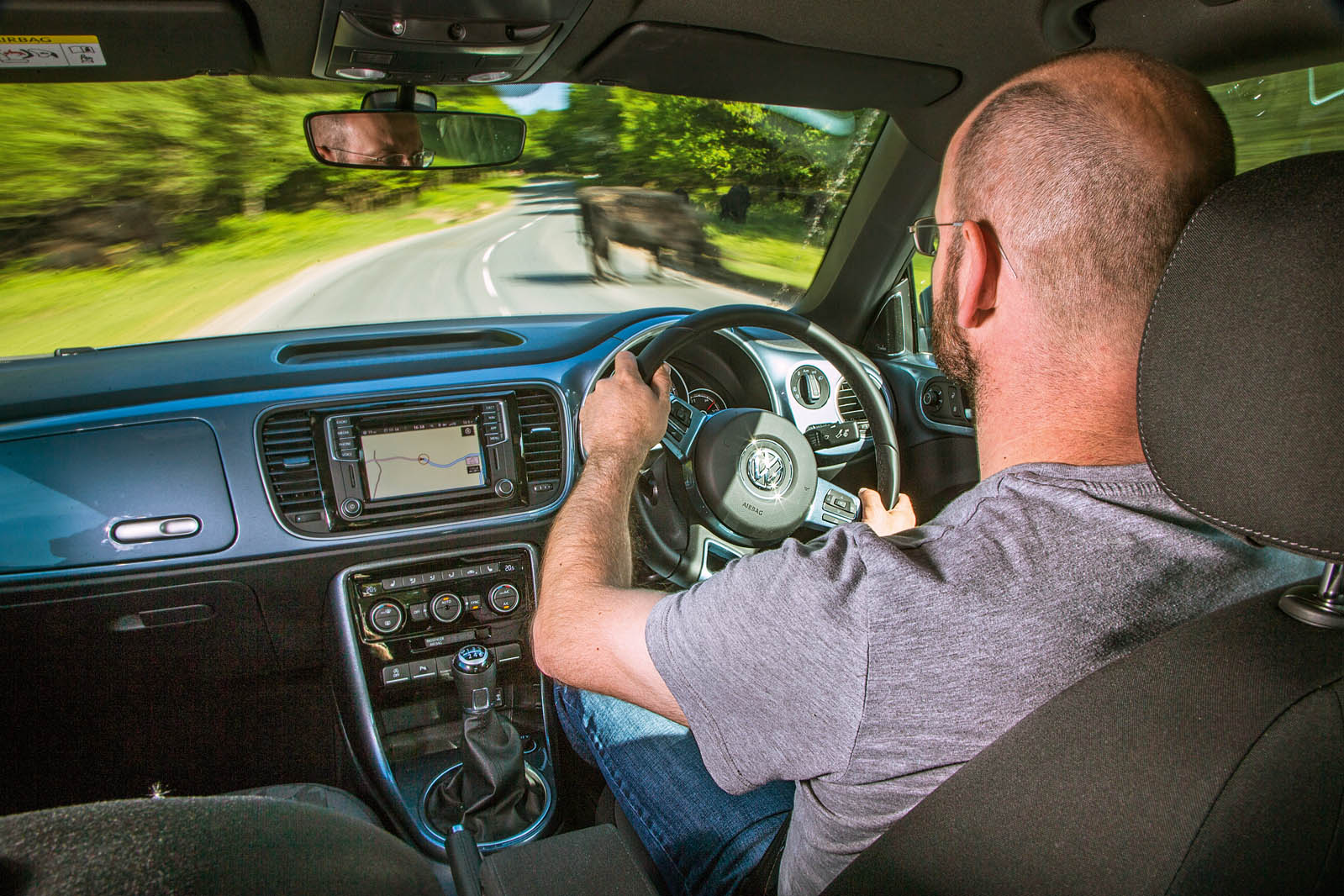
The Beetle’s greatest hits:
TYPE 2: On a visit to Wolfsburg, VW dealer Ben Pon was inspired by a parts mover based on a Type 1 platform. His sketch helped VW engineers create the Type 2 Transporter.
KARMANN GHIA: Nearly half a million of these coupés and cabriolets were built between 1955 and 1974. It wasn’t particularly fast, but the 2+2 sports car was low and pretty.
HERBIE: He wins races in more unlikely fashion than cars in The Fast and the Furious franchise, but Herbie is a sentient Beetle who, apparently, knows right from wrong.
MEYERS MANX: With an easily separated floorpan and mechanicals that came with it, the Beetle was ripe for modifying. Bruce Meyers’ ‘Manx’ was the first of the Beetle-based buggies.
TAMIYA SAND SCORCHER: Beetles competing in Baja desert races get their own class, which is why they all have a race number that starts with ‘5’. None is more famous than the one represented by Tamiya’s radio-controlled car.
Read more
Volkswagen Beetle to be reborn as a pure electric four-door
Volkswagen's do-it-all Beetle turns 80
Volkswagen confirms Beetle won't be replaced
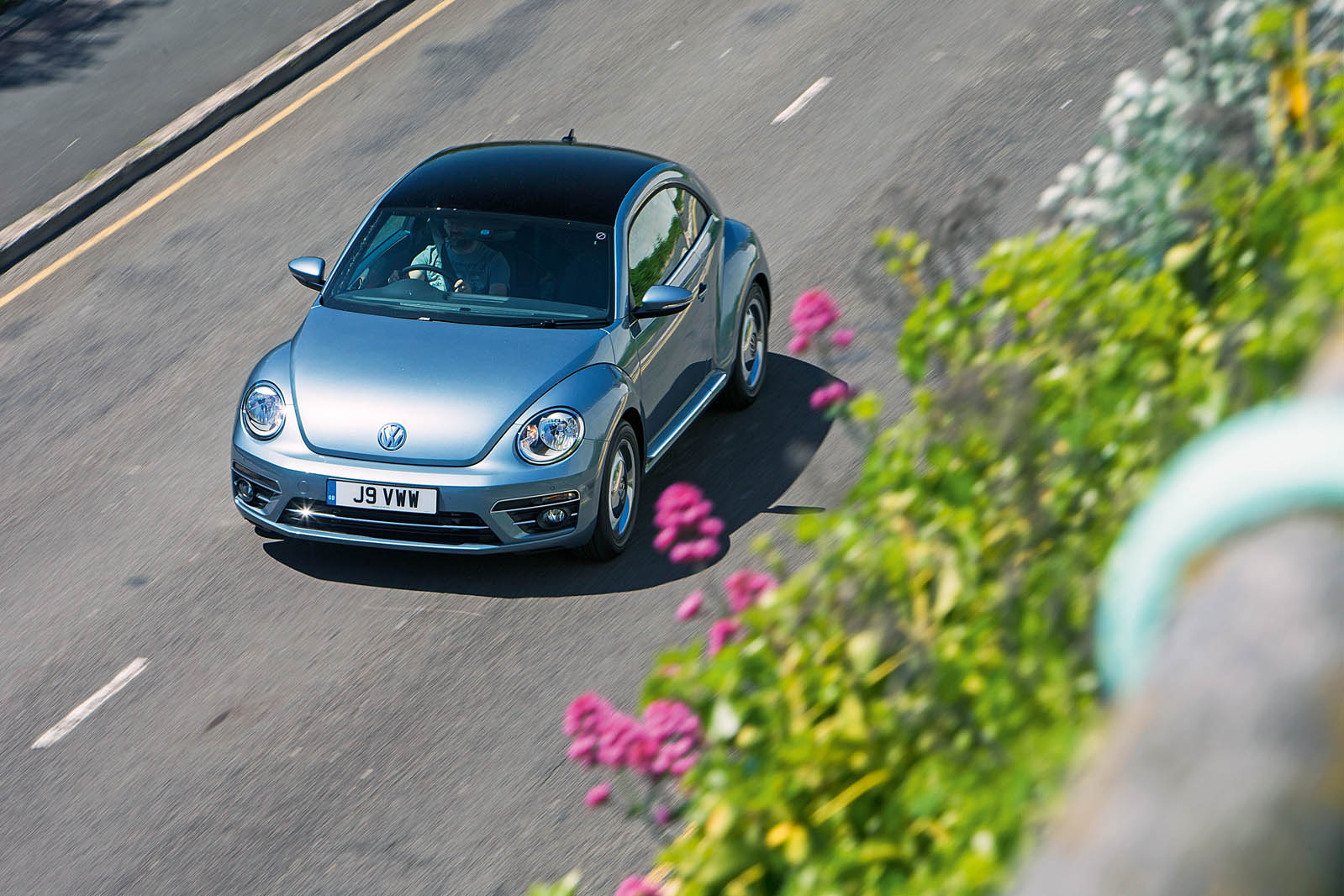

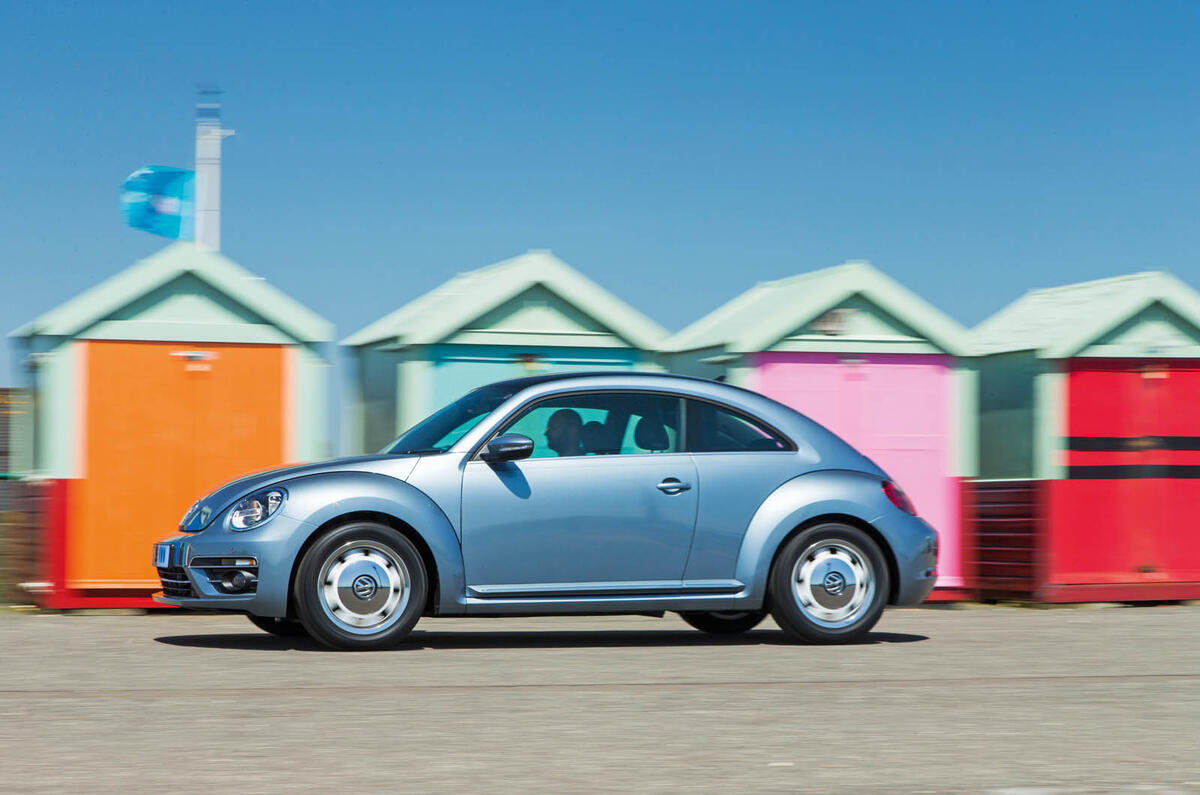
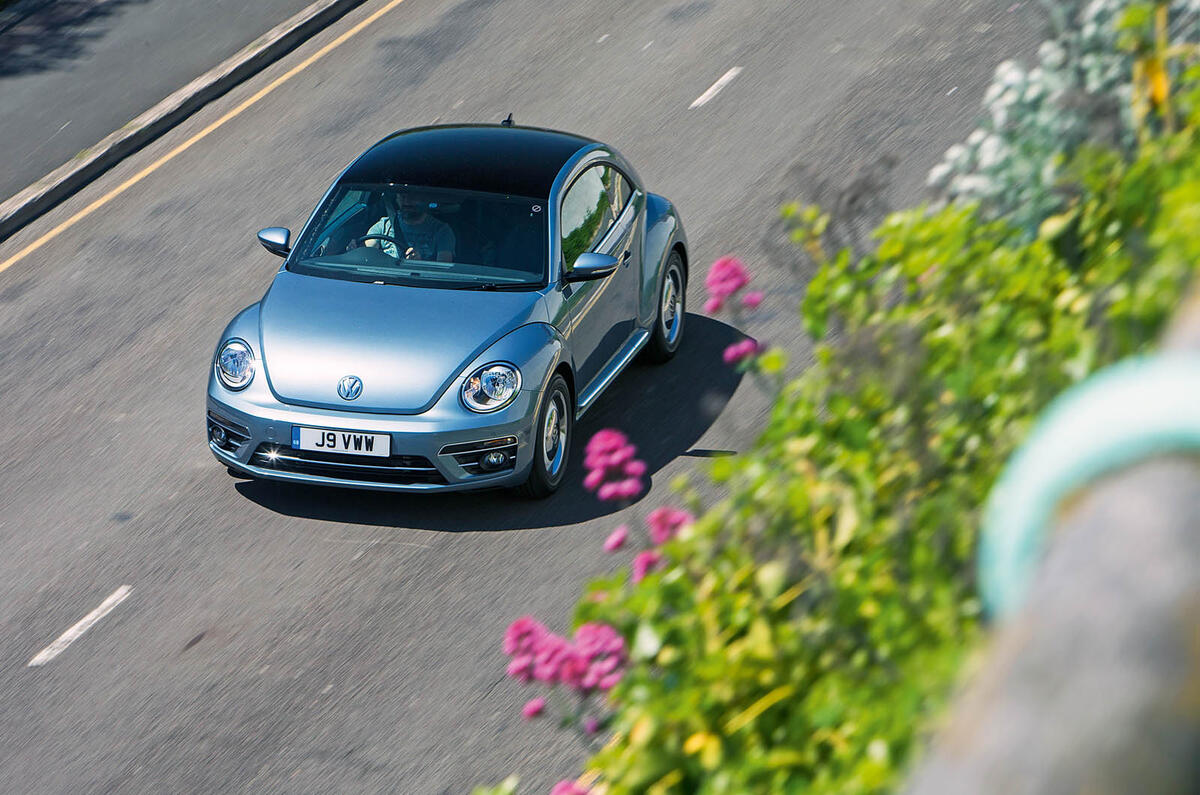
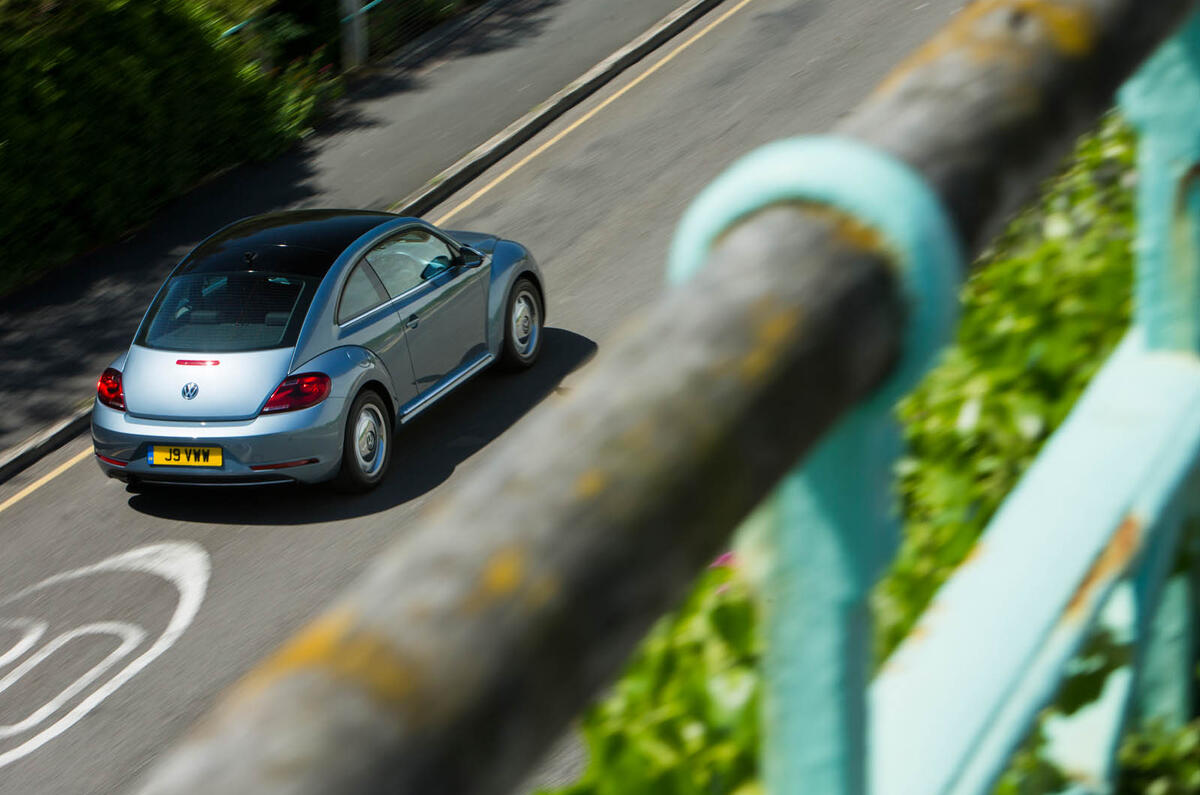
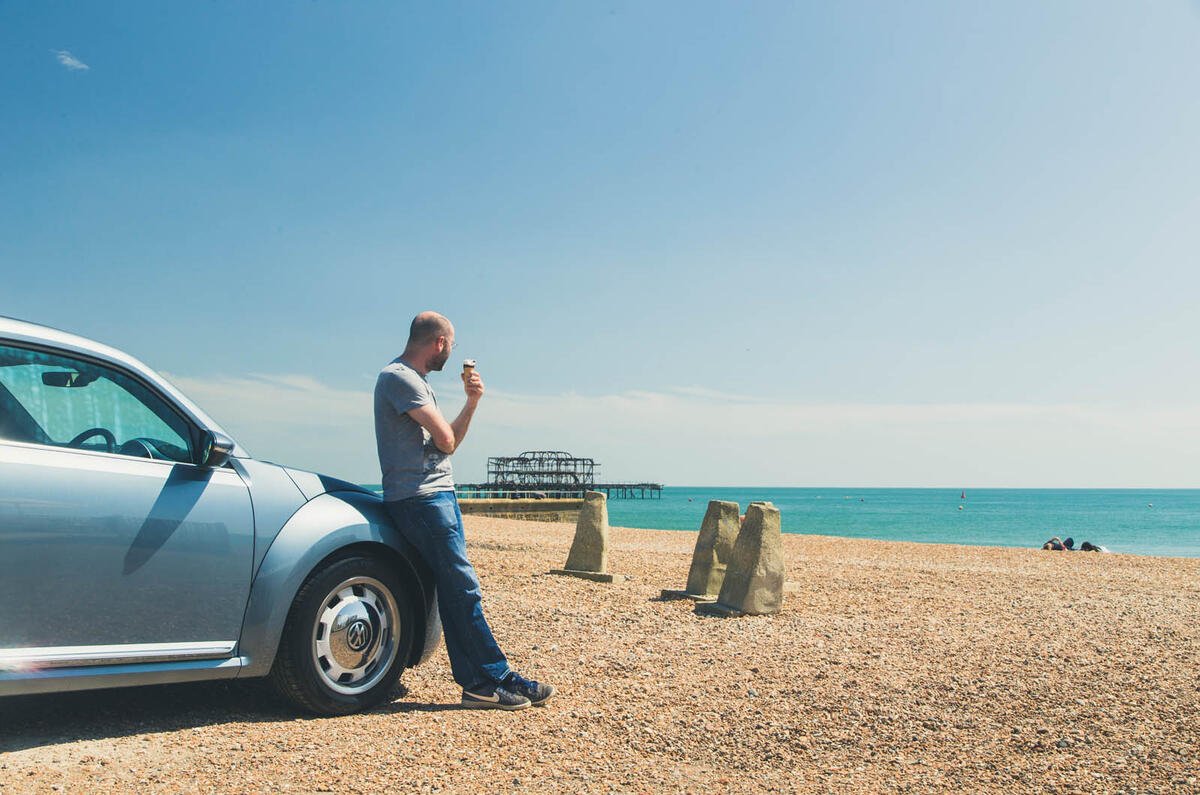
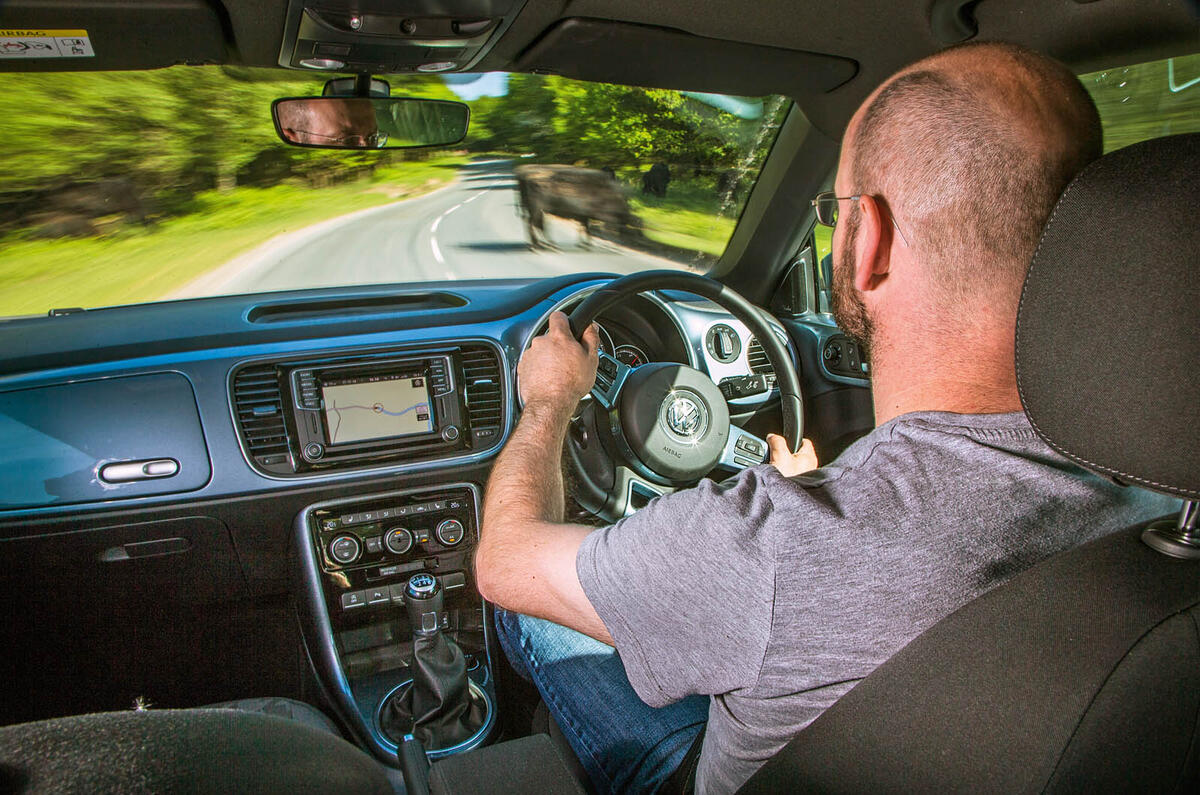
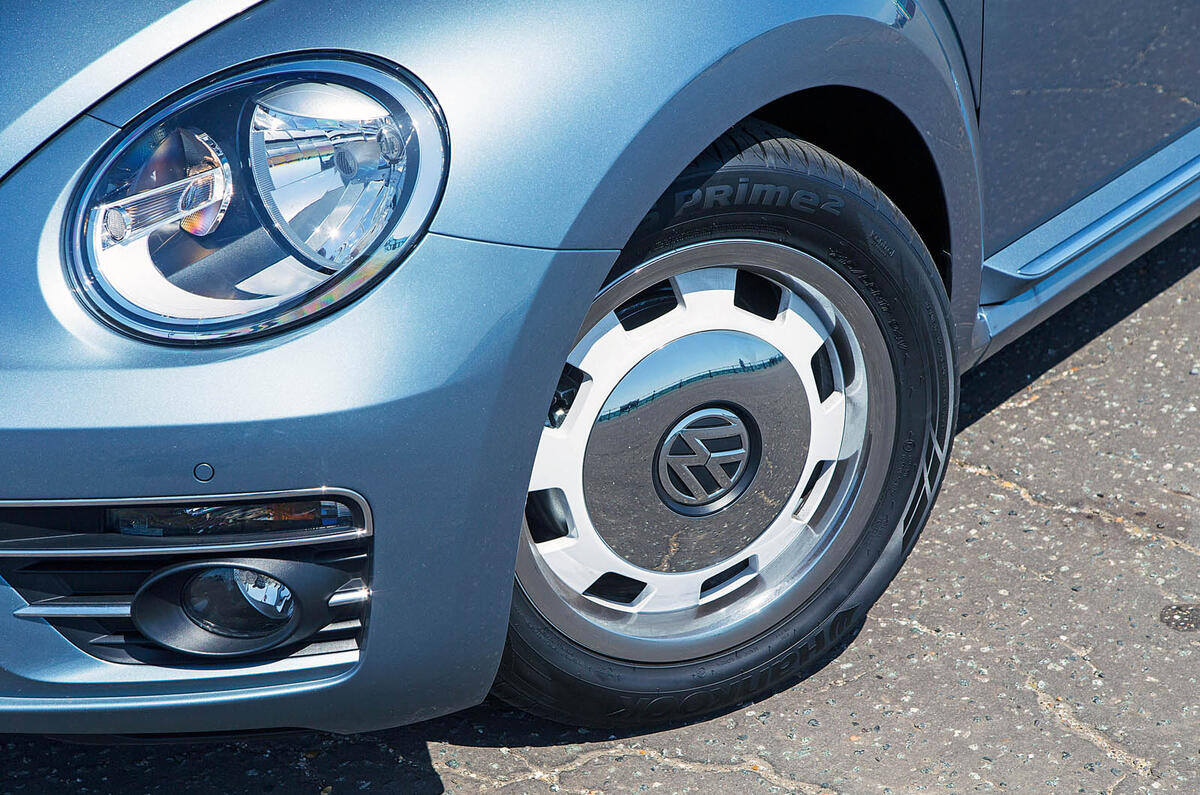
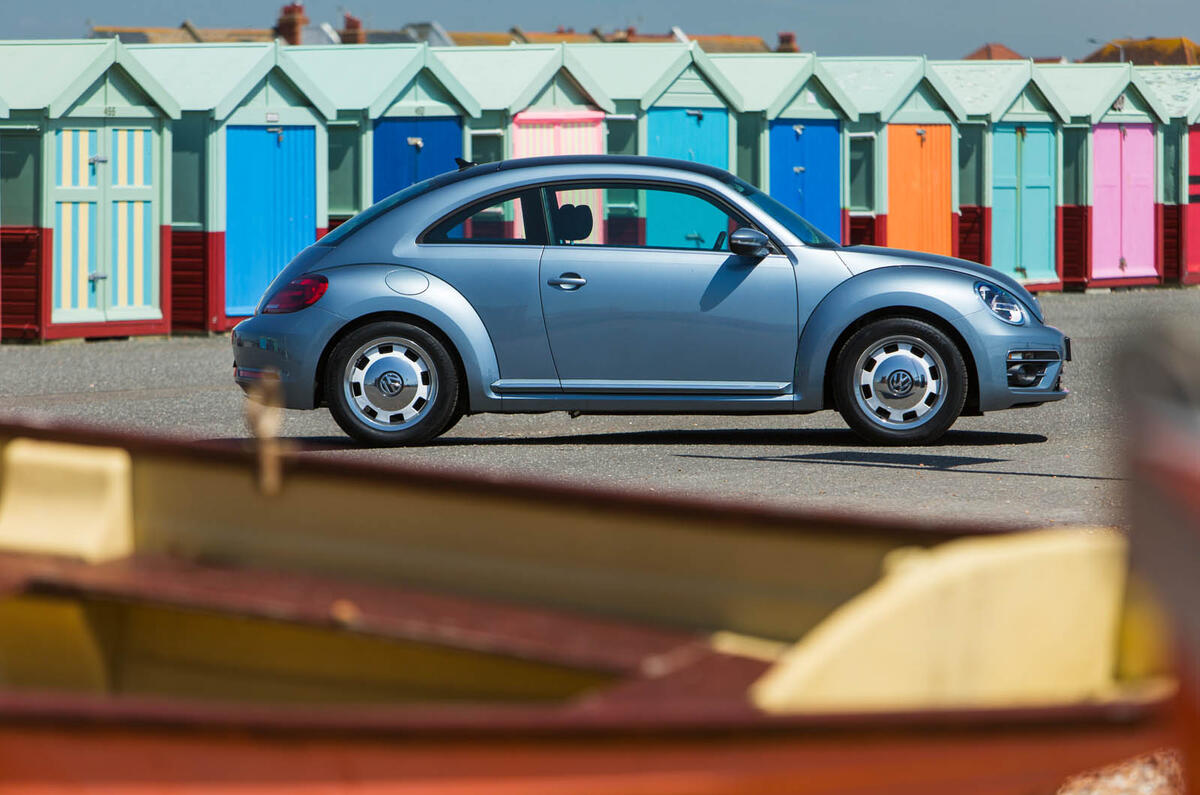
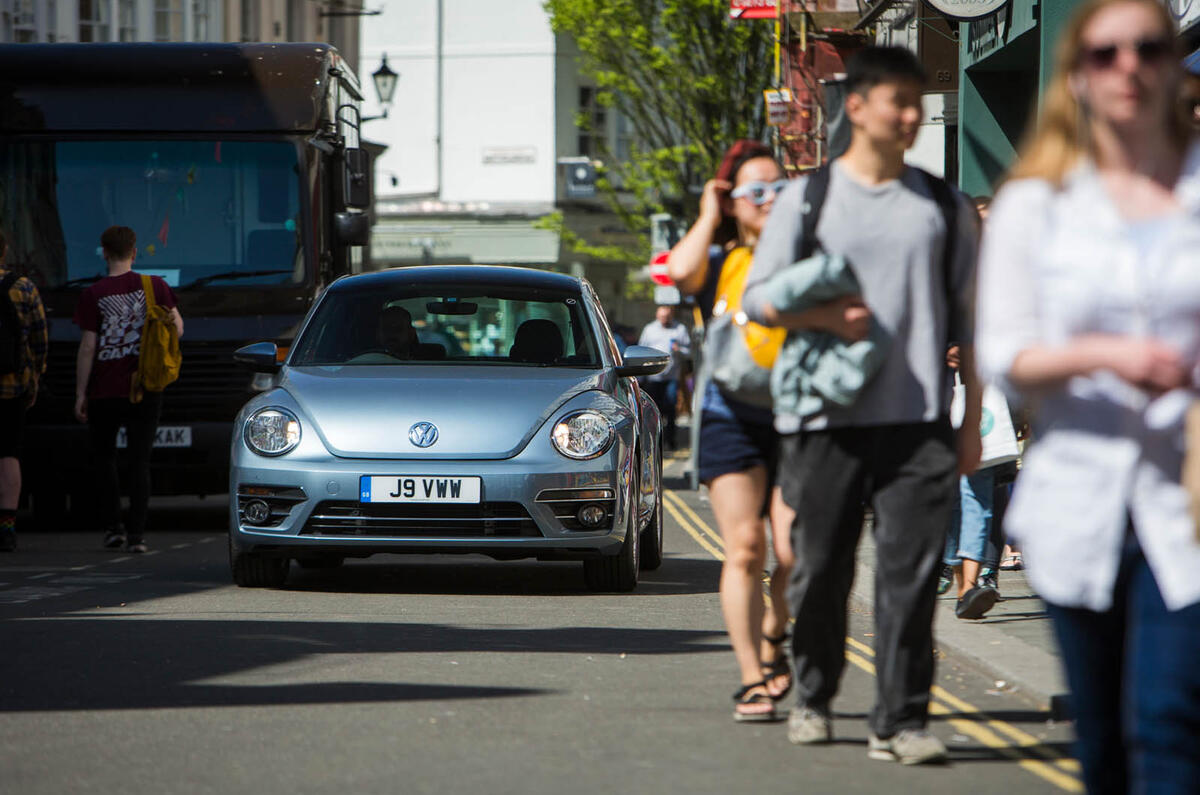
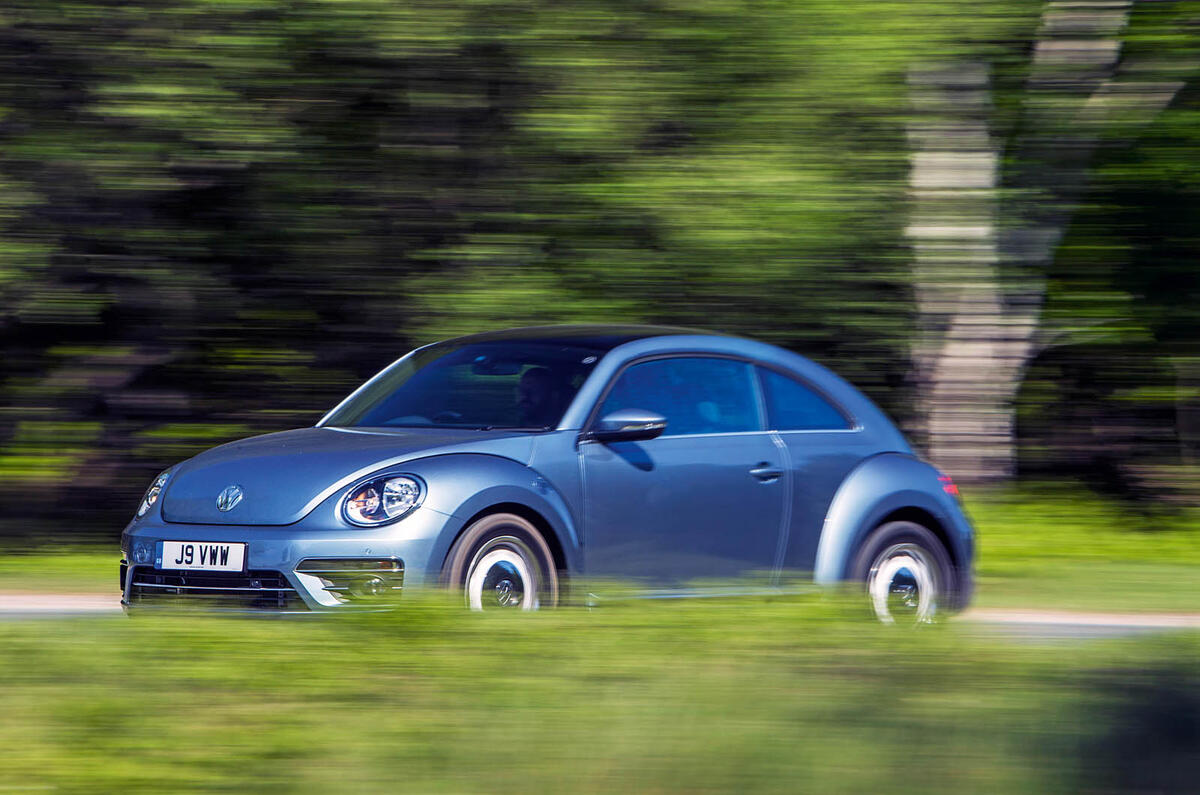
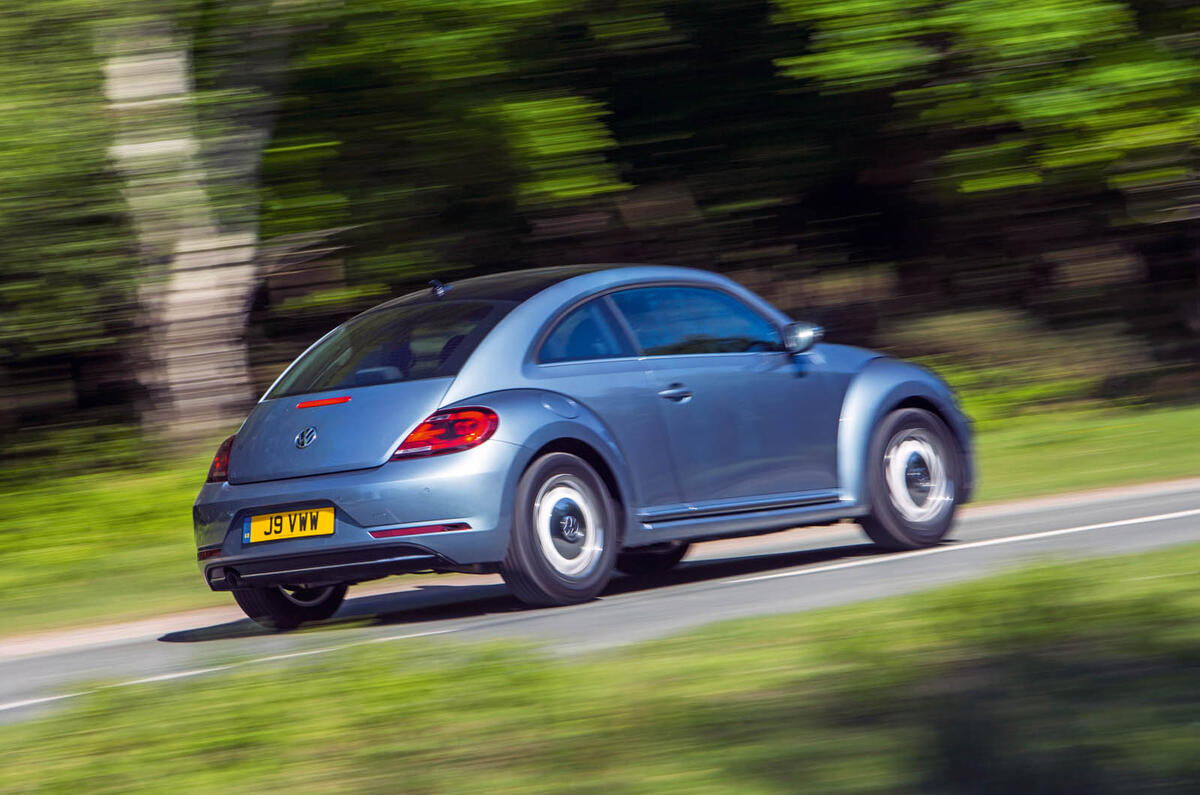
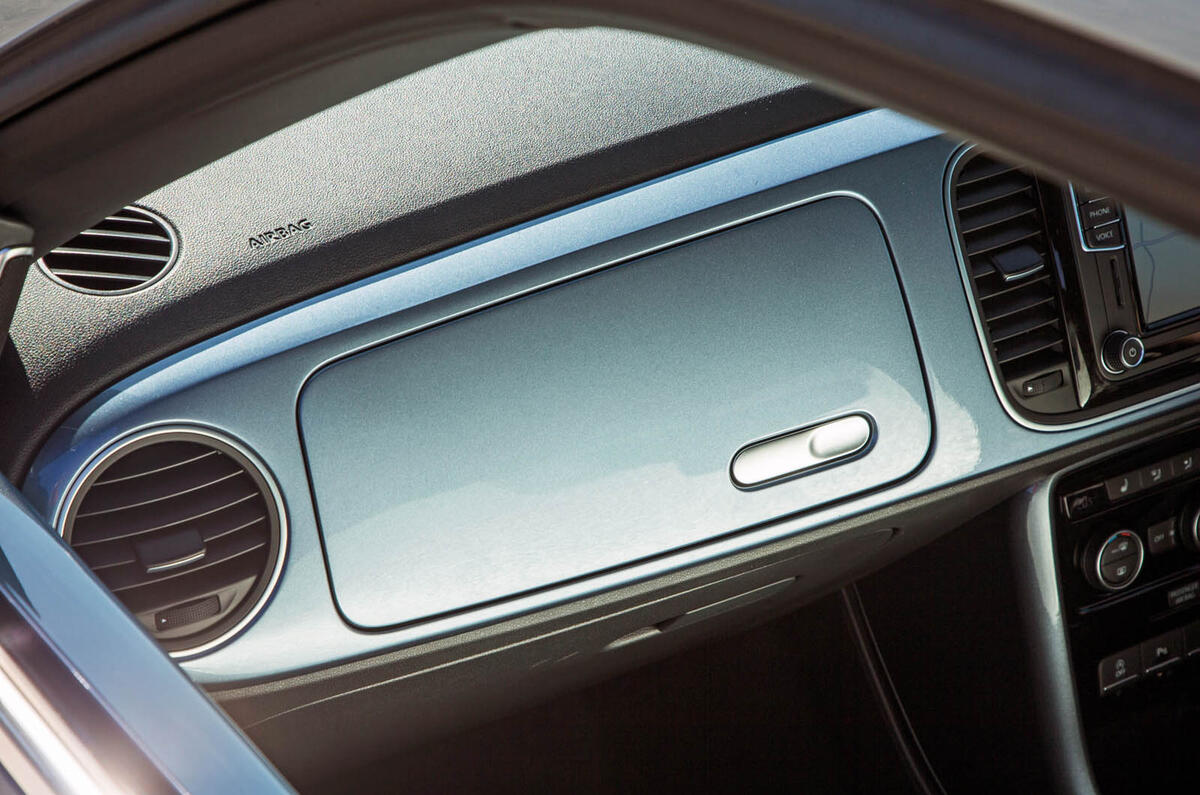
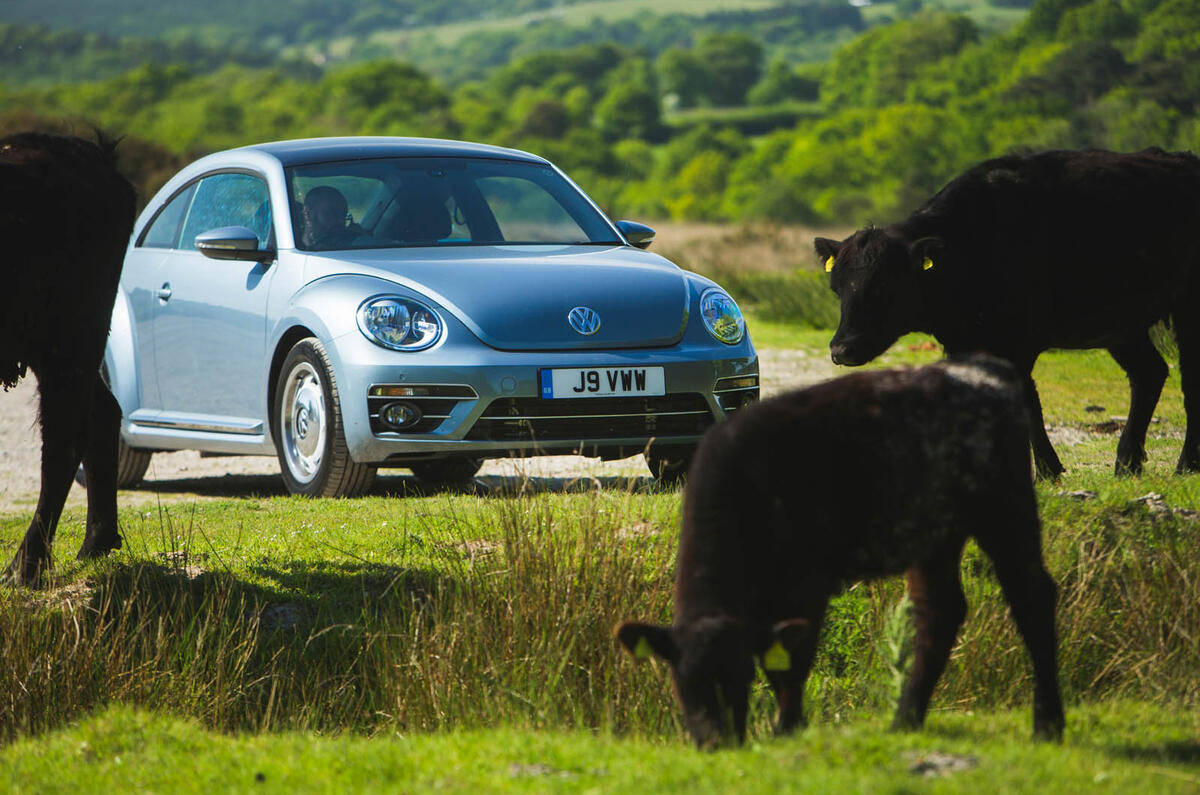
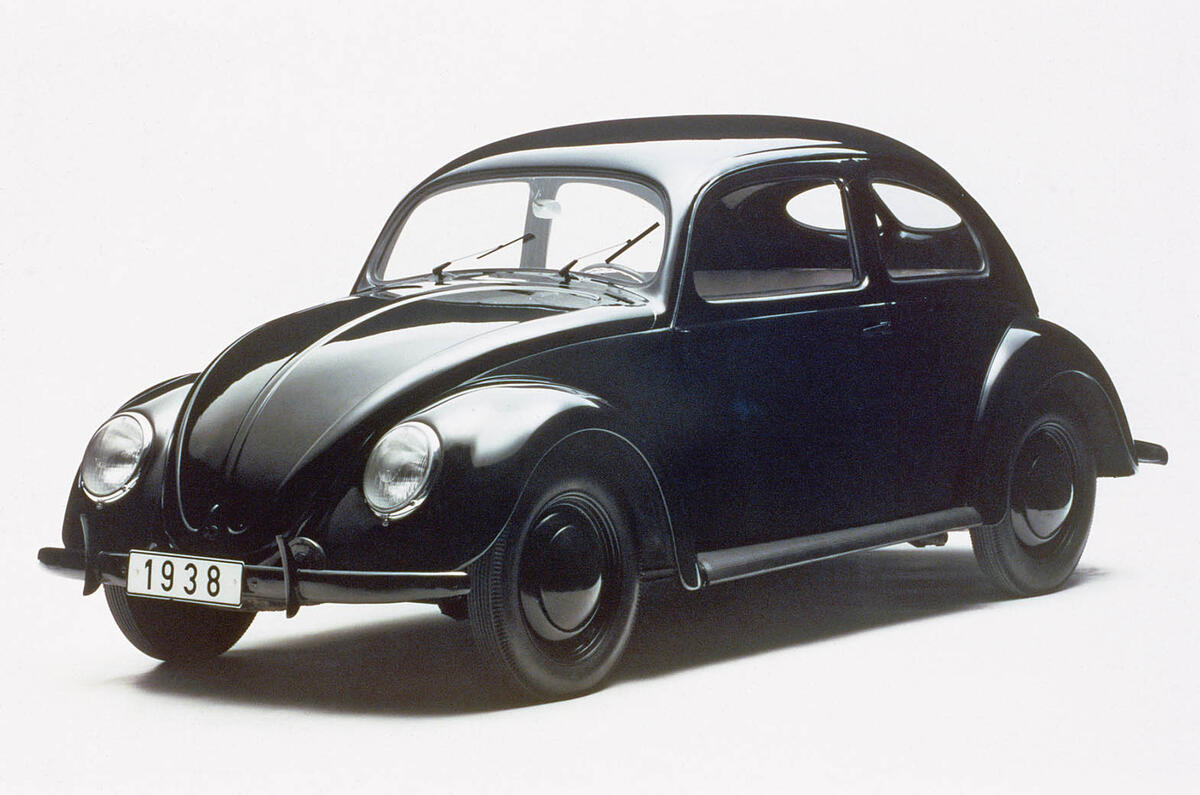
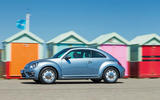
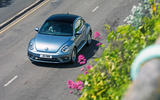
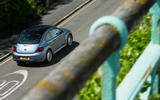

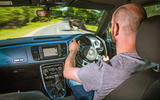
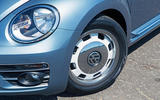
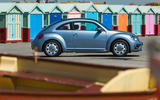
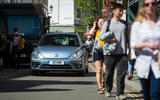
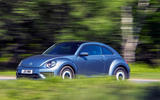
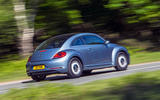
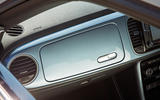
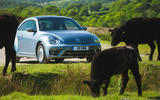
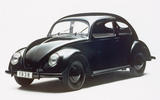
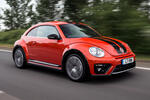
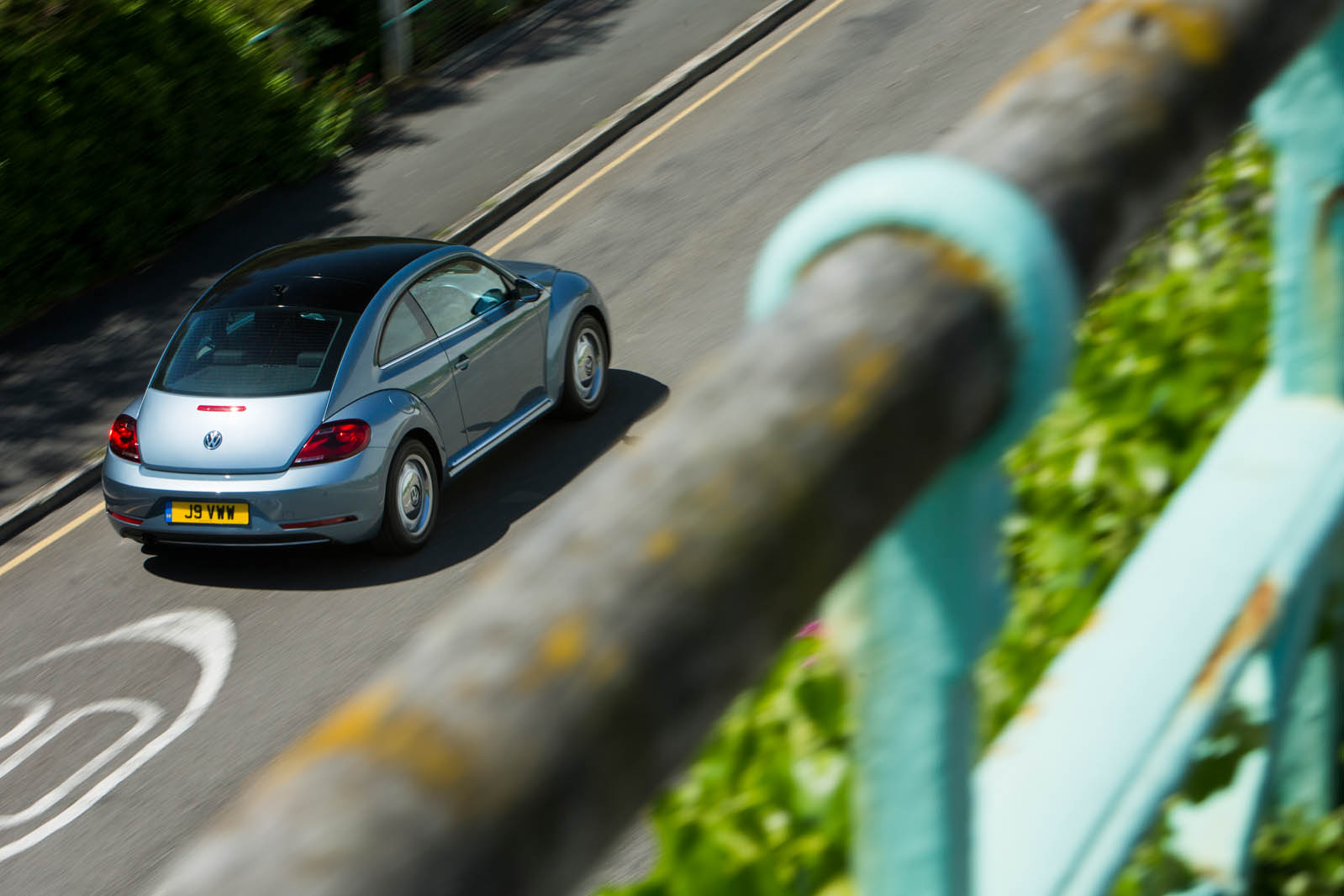
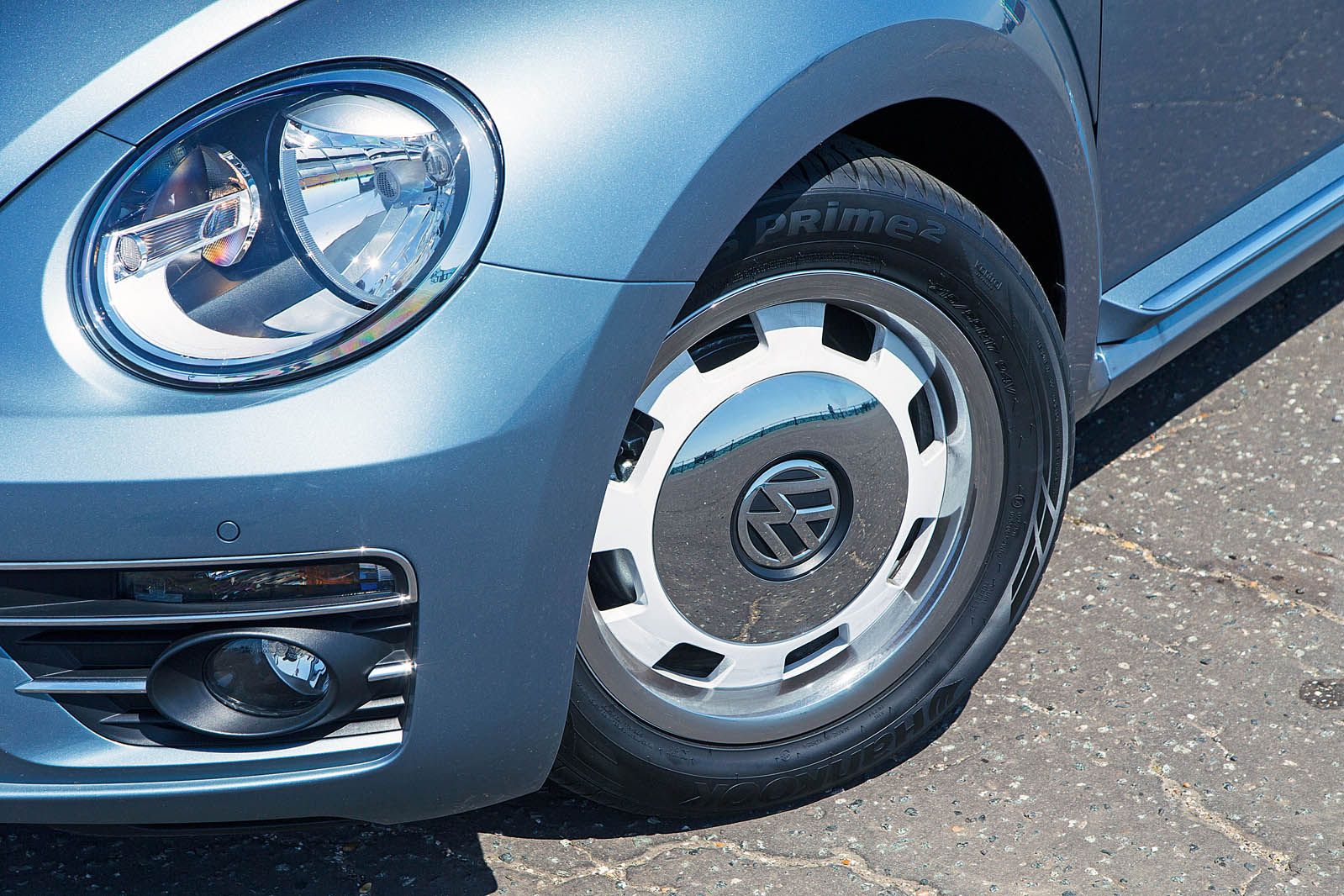

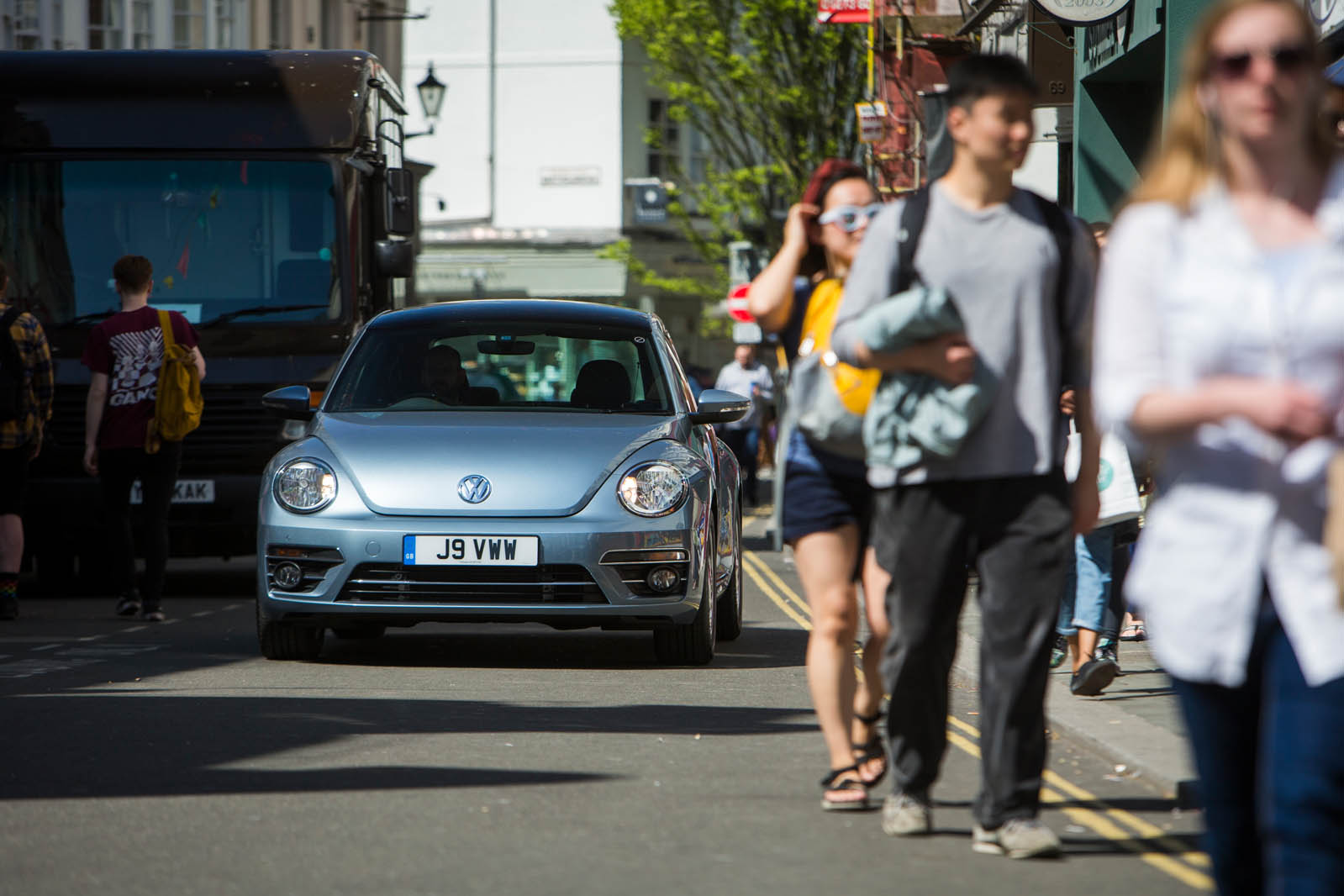

Join the debate
TStag
The problem with the new
The problem with the new Beetles is that they hark back to an era when cars were very different with engines in the boot and huge wheel arches.
BMW on the other hand took the Mini which represented a milestone in the birth of the modern car and didn’t radically have to alter its look.
If VW insist on giving the world another Beetle then it should stop looking back and look forward instead.
typos1
TStag wrote:
What are you talking about ? BMW did exactly the same as VW, the New Mini and the New New Mini are also pastiches, horrid pastiches that dont deserve to use the Mini name, even though they drive better than the New Beetles cos they use a BMW chassis.
XXXX just went POP.
TStag
typos1 wrote:
Thats not what I meant. What I'm saying is that the basic styling of the Mini does not look out of place today. The Beetle with it's big wheel arches looks well out of place. Therefore when designers were asked to build modern versions the MINI lent itself well to this exercise because it is basically the template that most small cars followed since. I'm not saying that the new MINI isn't retro, but it's on the right side of retro.
It's a bit like choosing between making a modern day Austin Healey 3000 and a modern day Ford Model T. I think the curves of the Austin Healey works well now. The Model T simply would not.
Beastie_Boy
I’m sorry to see the Beetle go.
I’m a life long VW fan boy but think the current range offered is dull. At least the Beetle brightened up the showroom a bit.
gavsmit
All VW's fault
I actually quite like the latest Beetle, despite its flaws (such as being based on a previous version Golf). But the reason why I didn't buy one is because of VW's ludicrous trim specifications (at least in the UK).
The top R-line trim looks great - like a small Porsche 911 - but it's only available with a 2.0 diesel engine! No 2.0 TSi (as was available previously), not even the 1.4 TSi from the lower Design trim level!
Everyone has a right to an opinion - don't confuse that with insulting your mother :-)
si73
Styling wise I've always
Styling wise I've always preferred the original new beetle to the newer beetle, something about the back and proportions looks better on the older new one. Never driven either.
si73
Always thought the up! Should
Always thought the up! Should have been the new beetle, after all it was prototyped as rear engined, if they'd created a beetle body on their small city car I reckon it'd have sold much better.
abkq
Great article.
Great article.
I would separate the original Beetle from its two successors. While the original was conceived as a Volkswagen (people's car) its two successors are, no more no less, retro lifestyle vehicles, without the efficient packaging of the Golf on which they are based.
No matter, for each of these two retro Beetles brilliantly captures the spirit, and reinvents the form, of the original.
Retro 1 takes the curvaceous exterior of the original and applies strict geometry to it (arcs, circles). The result is, like the contemporary Golf 4 which also extensively uses pure geometry in its design, a formal masterpiece.
Retro 2 is a fundamentally different interpretation of the original Beetle (Unlike Mini in which each successive generation is nothing more than a slight adjustment) Gone is the strict geometry. The roof is nolonger a half-arc for example. But close attention to details means that the overall shape is just as successful, with delightful references to the original Beetle like the hub caps and the dashboard.
I am sorry to see Retro 2 go, that it's a commercial failure (or at least I assume so, I've seen so few in London). I hope the forthcoming electric version lives up to its promise.
Now, VW, bring on the Transporter replacement. All the concept versions look great but none made production. Once again, I hope the electric version makes production.
Furthermore, make a Karmann Ghia (the curvy one, not the square one) to replace the Scirocco. It is one of the most sensuously beautiful cars ever made. You can trace the 356/911 shape to the Beetle. Likewise the Karmann Ghia is substantially a Beetle coupe (The Peugeot RCZ already previews what a retro Karmann Ghia would look) Just as Golf 1 & Scirocco 1 are two related masterpieces by Giugaro, so let the next Golf also spawn a Karmann Ghia coupe.
WallMeerkat
abkq wrote:
I would like a Scirocco that was a proper fastback coupe, not the last squashed Golf. I miss that 80s era of cars like the Scirocco, Quattro/coupe, Piazza, even the likes of the DeLorean was a sports car variant of a similar design theme.
A modern day Karmann Ghia, something like the new Alpine, nice...
Bob Cholmondeley
Apart from a roughly similar
Apart from a roughly similar profile the current Beetle has nothing in common with the original and the original is a terrible car. No tears shed here.
Citroëniste.
Pages
Add your comment